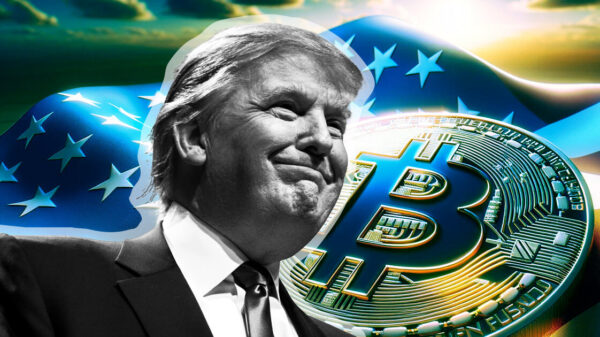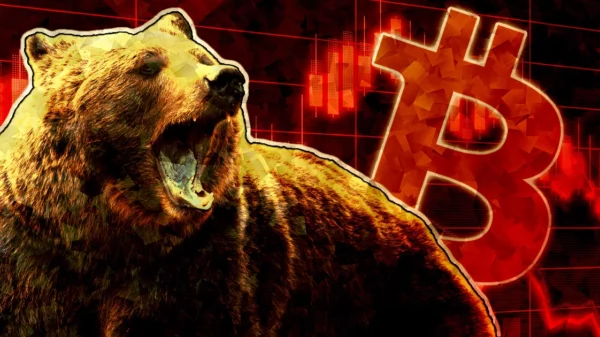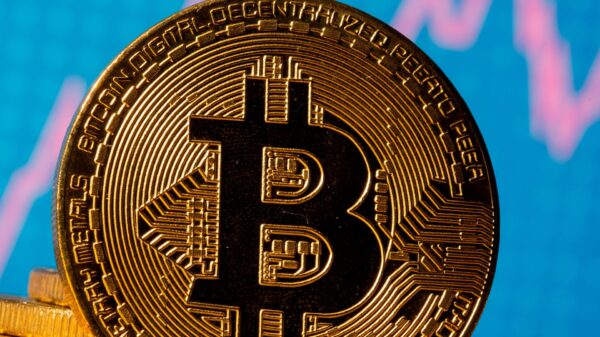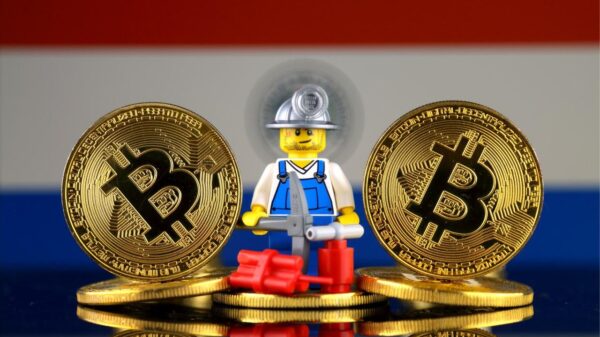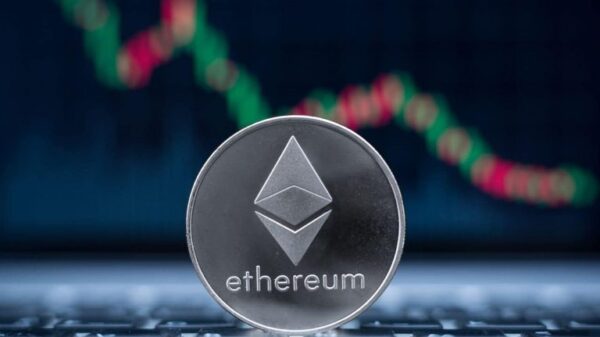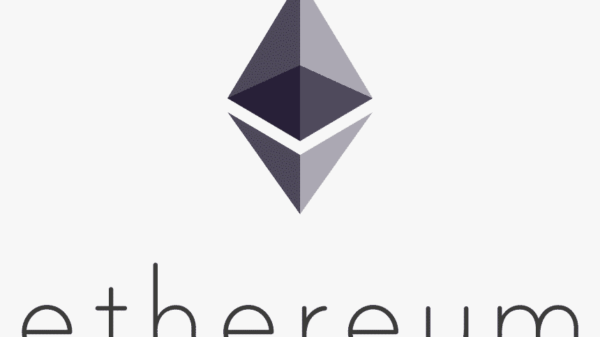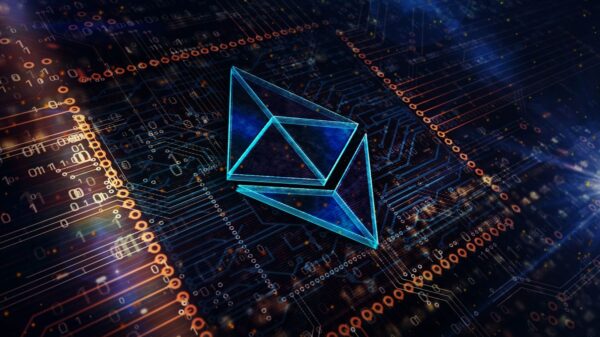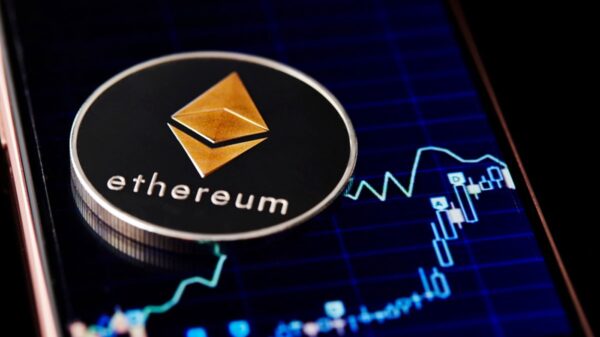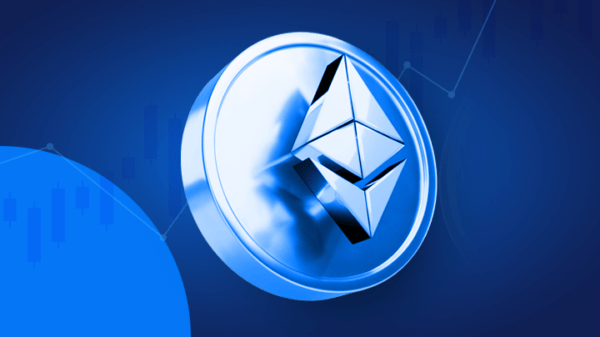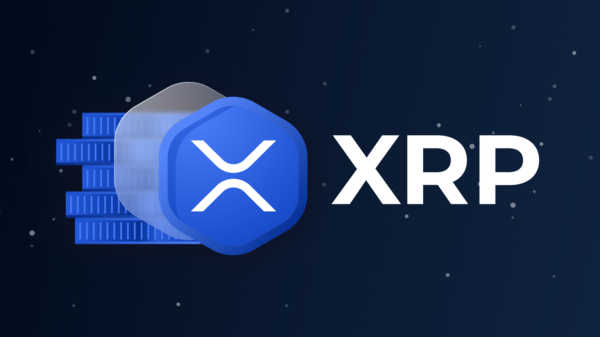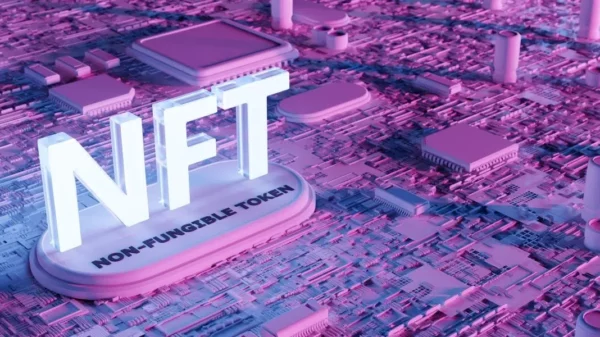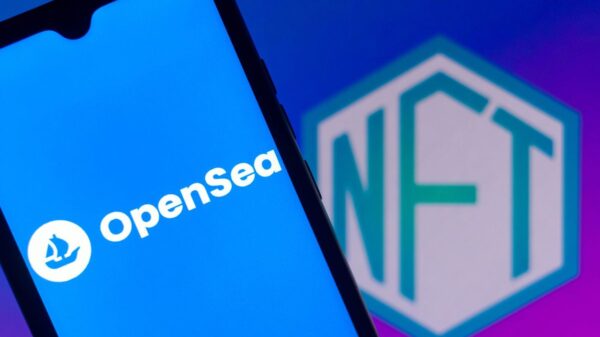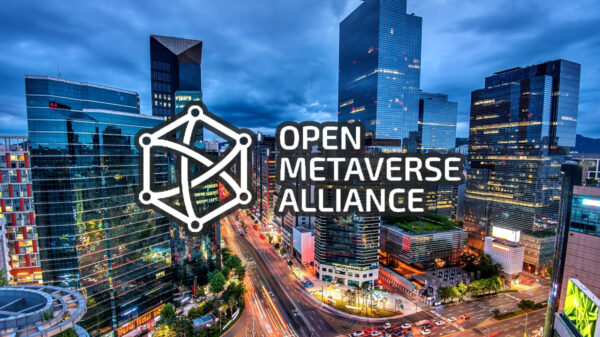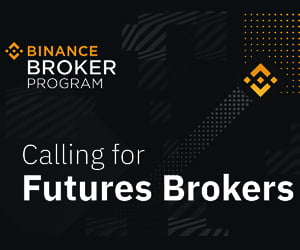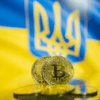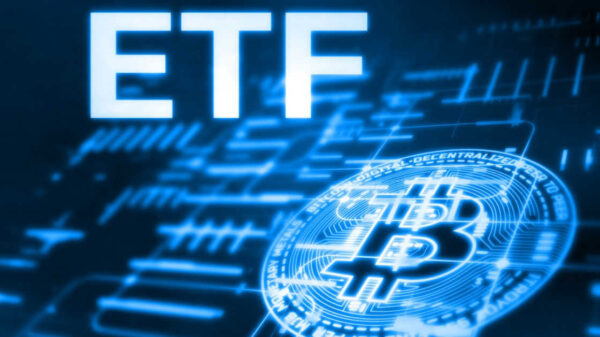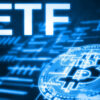Abstract
The video gaming industry is evolving across several dimensions.
User experiences are transforming. In-person split-screen play has given way to massively distributed online games with global reach. Virtual and augmented reality primitives are immersing gamers in increasingly realistic alternative and borderless digital worlds.
Business models are evolving. Monetization through sales of physical games in-store has given way to free-to-play games monetized through in-game purchases and advertising. eSports tournaments and streaming services such as Twitch are giving gamers a “slice” of gaming industry revenues for the first time.
But a new trend is emerging.
Over ten years after the advent of Bitcoin, blockchain technology is being leveraged to redefine gaming experiences for developers and players alike. With innovations such as non-fungible tokens (“NFTs”) and smart contracts, developers have new toolsets for crafting gaming experiences and their related economics.
With the introduction of blockchain technology come new existential questions. What are the incentive structures that align the interests of game developers, players, and spectators? Does the introduction of digital assets merely provide developers a new avenue for extracting rents from gamers? Or does it deliver gamers more enjoyable and more valuable gaming experiences?
All signs point to the most popular blockchain-based games today being proof of concepts that precede much higher levels and potentially widespread adoption of blockchain technology within the video gaming industry. Understanding how the technology is embedded into and impacting gaming experiences today can provide insights into how this nascent industry’s future could evolve.
How this report is structured:
Chapter 1 defines “blockchain-based games” and explains the technology underpinning them.
Chapter 2 outlines how blockchain technology is redefining in-game economics and impacting players and developer experiences, alike. It includes a case study on Axie Infinity, the largest blockchain-based game seen to date, that showcases many of these technological and economic concepts in action. The section concludes with a series of data that capture the current state of the industry and related fundraising data.
Chapter 3 introduces the concept of “the metaverse” and where blockchain-based gaming resides within it. It also identifies several catalysts for adoption of blockchain-based games.
theblockcrypto

